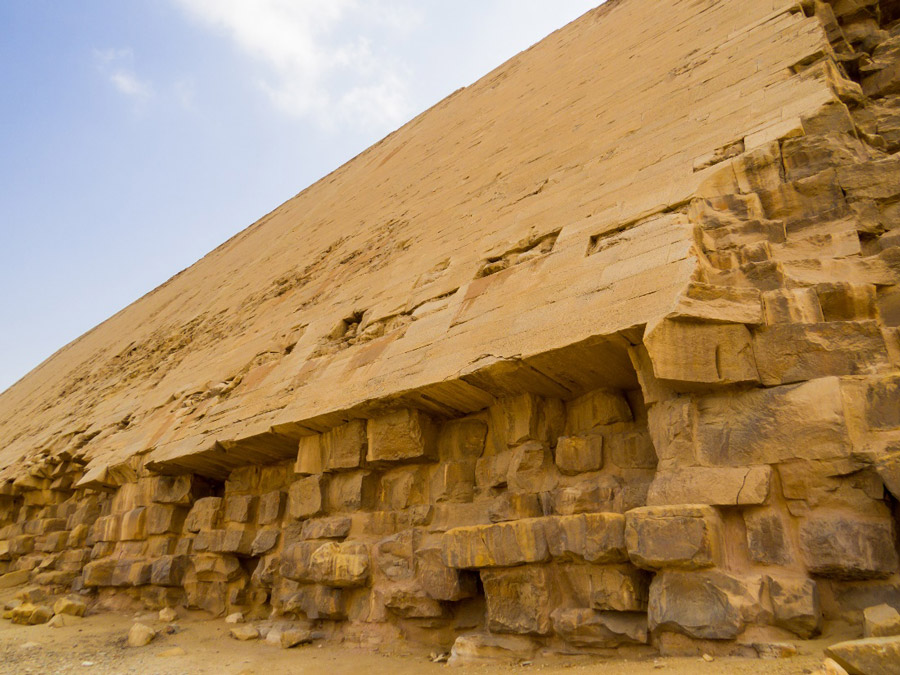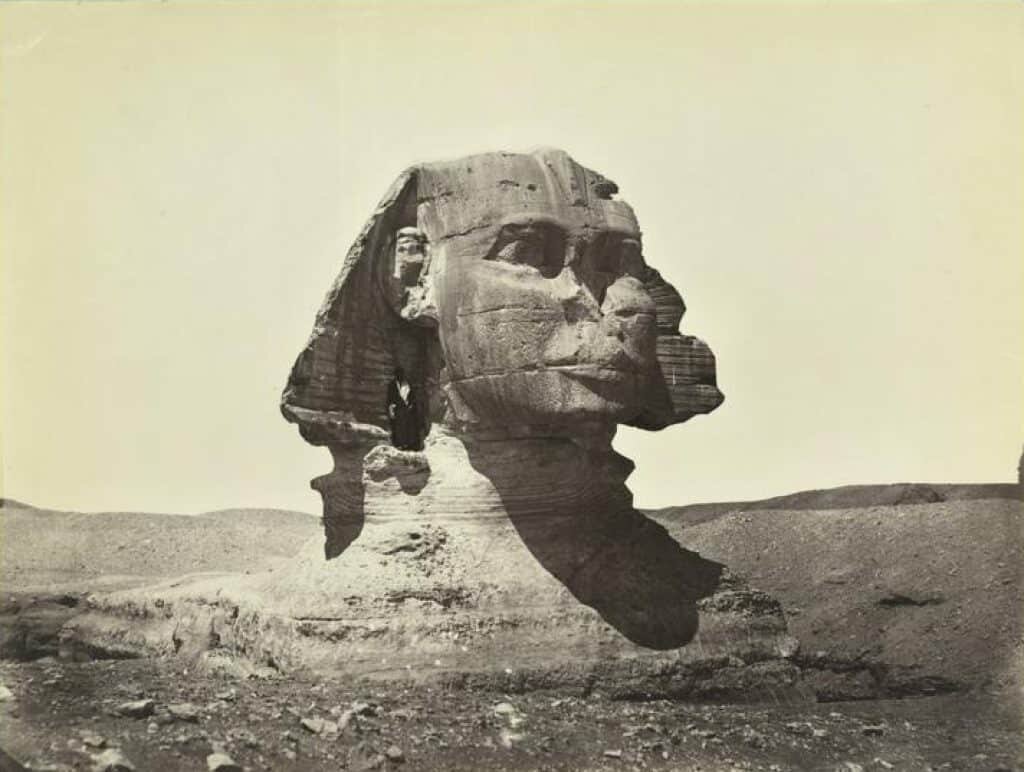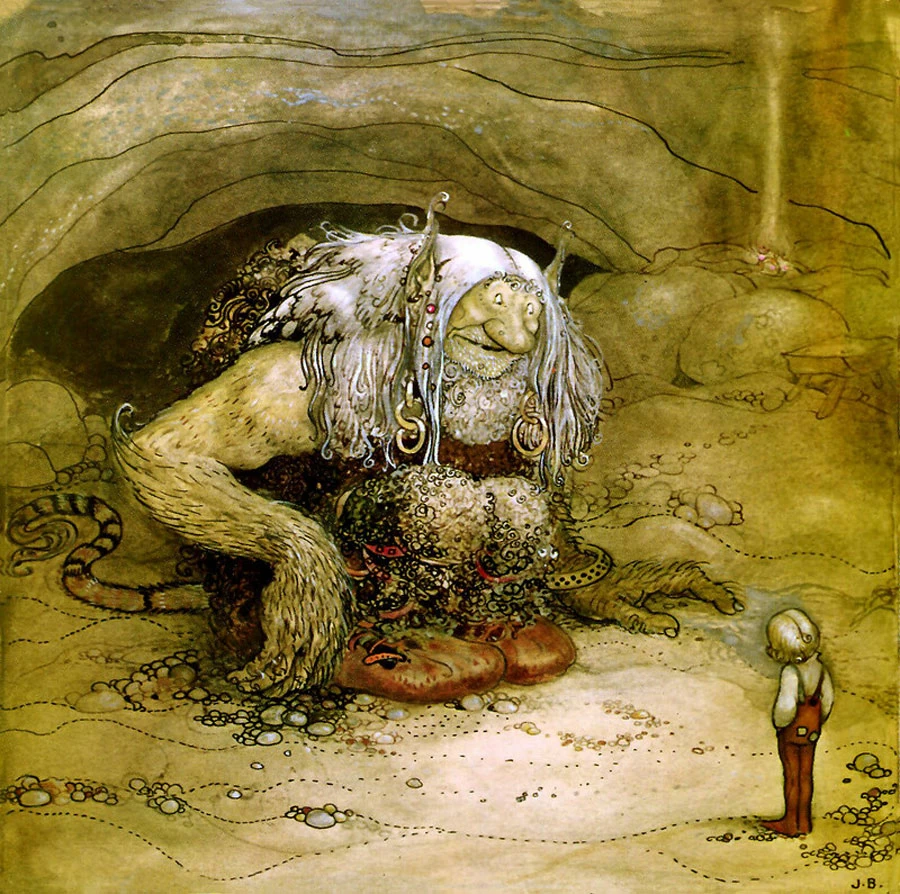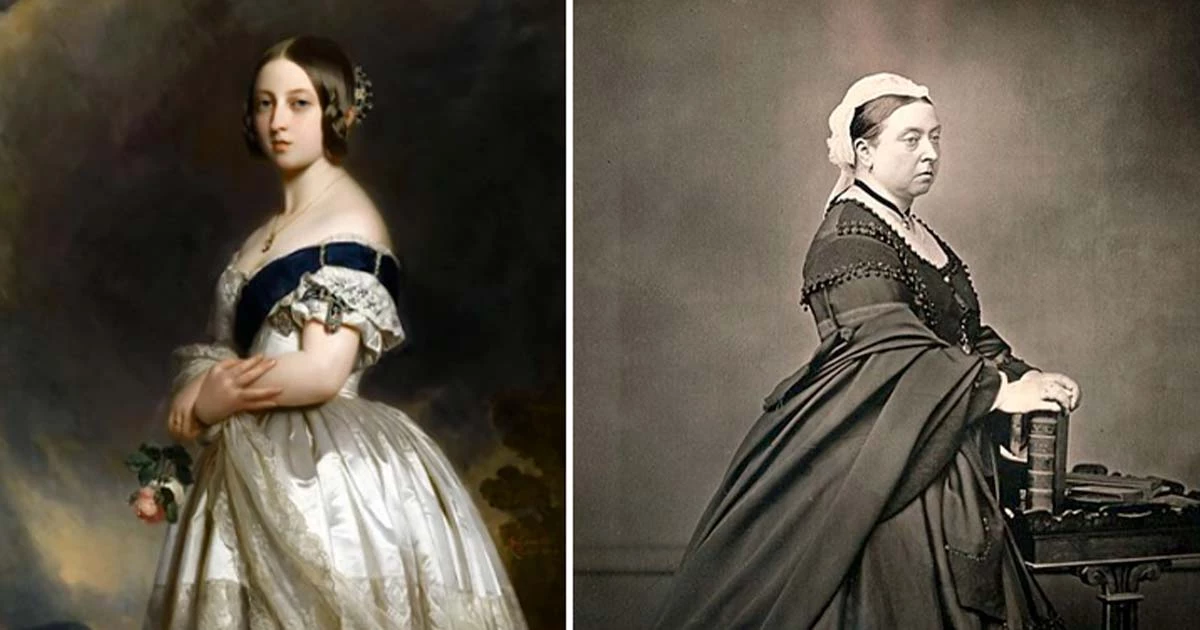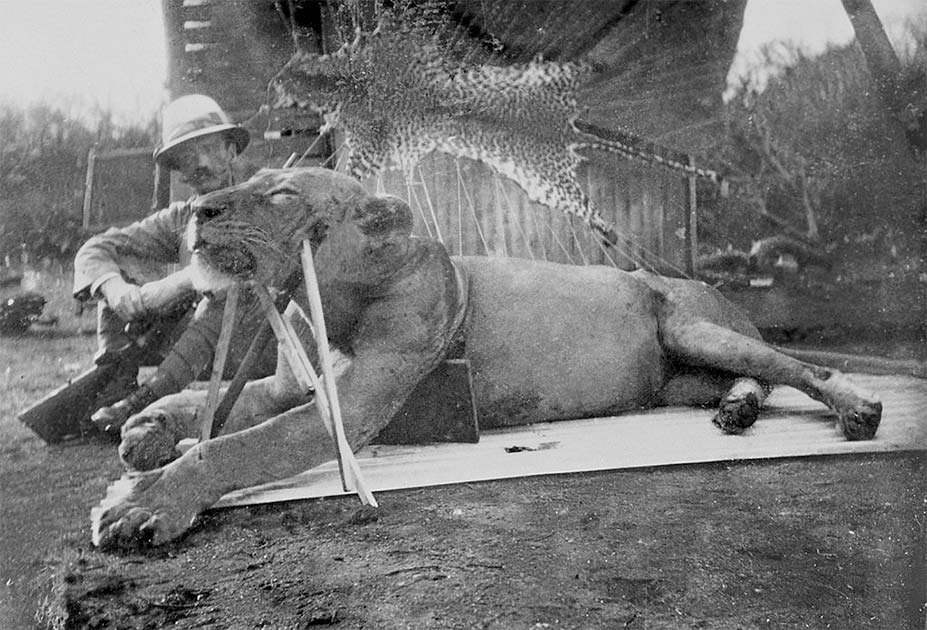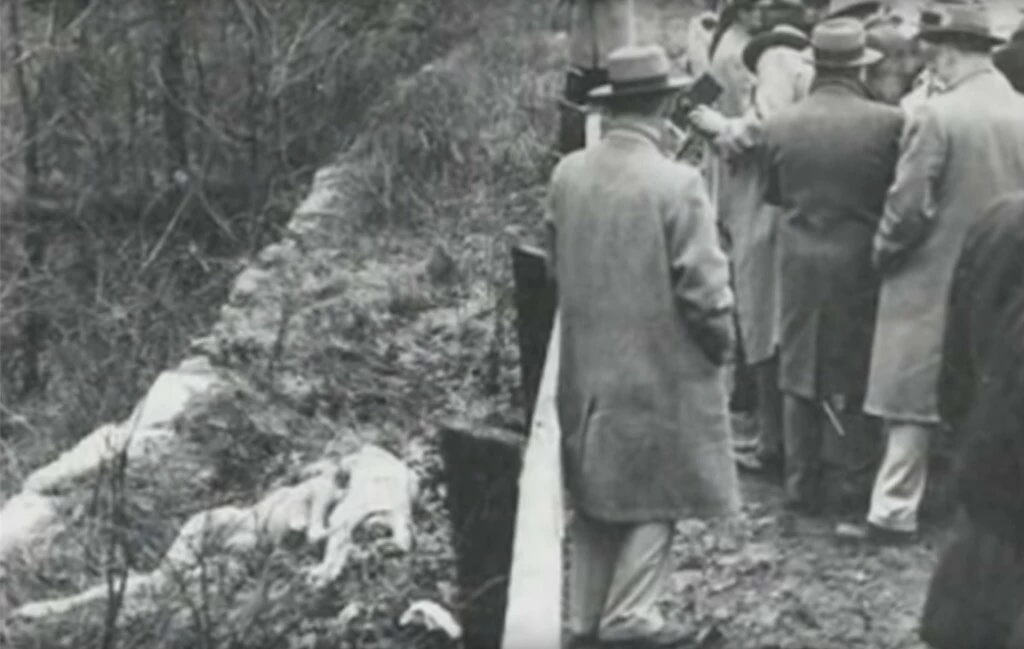For centuries, Great Zimbabwe has led to spirited debate about its place in the heritage and history of Africa. But all the debate and theorizing comes down to one, insurmountable basic question: what exactly is Great Zimbabwe?
Structurally, Great Zimbabwe appears to be a medieval African city near Masvingo in Zimbabwe, with a large conical tower and circular curtain wall. Right from its beginning around 1100 AD, people used to live in Great Zimbabwe.
However, during the 15th century, it was abandoned due to unclear reasons, and only the stone remains can be seen today.
Great Ruins Of The Zimbabwe
Great Zimbabwe is believed to have been constructed over centuries, between 1100 AD and 1600 AD. Towards the end of this period in 1531, the name of Great Zimbabwe was recorded by Vicente Pegado. “Zimbabwe” is known to be a Shona (indigenous farmers) name given to the ruins, referring to the stone houses found in the ruins.
According to the researchers, Great Zimbabwe was not built on a central plan. Instead, it was designed in such a way so as to be able to adapt to its changing population and roles. The historical site was clearly successful in this, growing to an area of nearly 720 hectares (1,779 acres).
The center of Great Zimbabwe consists of three main areas, namely, the Great Enclosure, the Valley Ruins, and the Hill Complex.
The Hill Complex is the oldest among the three, with some studies suggesting that it may have been constructed as early as 900 AD. It forms a structural ruin series located on the top of the steepest hill of Great Zimbabwe, and is believed to be the religious center of the historical site.
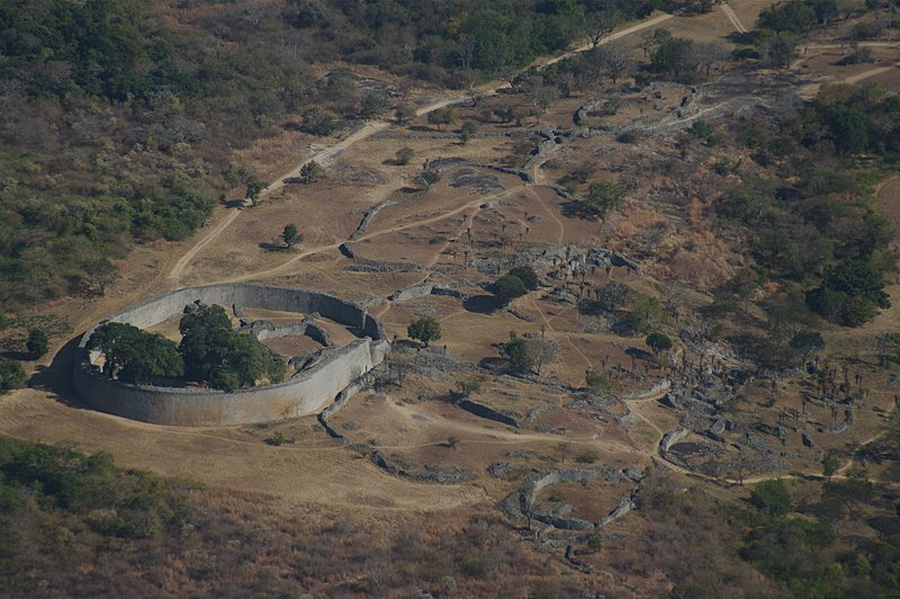
The second area, the Great Enclosure, lies just below the Hill Complex and is a circular, walled area dating back to the 14th century. The circumference of the enclosure is about 820 feet (250 m), and the height of the walls is 32 feet (10 m). The actual function of the Great Enclosure is not known. However, a number of archaeologists believe that it could be a symbolic facility used for storing grains or a royal residence.
The third significant area of Great Zimbabwe is the Valley Ruins. The Valley Ruins include a number of mud-brick houses located close to the Great Enclosure. The number of houses and their distributions hinted that Great Zimbabwe had a huge population, of nearly 10,000 to 20,000 people.
Great Zimbabwe is quite unusual not just in terms of the size but also in terms of the stonework. A number of structures present at the site were constructed from rectangular blocks. In some places, the stonework is surprisingly sophisticated.
At the entrance of a number of houses, there were rounded steps that looked carefully carved. Certain walls were decorated with chevron designs. All of this points to a city of decoration and beauty.
Not a “Lost City”
Many researchers refer to Great Zimbabwe as a lost city. However, the real fact is that it was never lost. The Zimbabwe people have always known about the ruins.
During the 19th and 20th centuries, European explorers reached Great Zimbabwe, took some artifacts, and promptly started claiming that the city was not built by the Africans. Led by misguided prejudice and racism, they refused to accept that an African culture could have built such a structure.
Instead, they decided that Phoenicians or groups from Europe or Asia were actually responsible for building Great Zimbabwe. Karl Mauch was among the earliest Europeans who described Great Zimbabwe. He claimed that the Queen of Sheba, a Biblical figure, was behind the building of Great Zimbabwe.
However, all such claims have been dismissed by mainstream current archaeologists. Today, it is believed by scholars that Great Zimbabwe has indeed been built by ancestors of the Shona, and other groups in Zimbabwe.
The People And The Climate
When it comes to people living in Great Zimbabwe, many have concluded that a type of Shona-speaking people named Karanga were the rulers of the ruins, but this is far from settled in the scientific community.
Certainly, evidence such as the pottery found in ruins suggests that Karanga people lived in Great Zimbabwe. However, this is not conclusive, and there is another theory relating to the people living in Great Zimbabwe.
According to that theory, it is believed that the people were descendants of the people at Leopard’s Kopje, an Iron Age site located at a distance of approximately 100 miles (161 km) from Great Zimbabwe.

Nevertheless, the reason for choosing the site appears clear from the perspective of the weather. Great Zimbabwe has a tropical savanna climate that receives rainfall from October, through to the month of April or May.
A majority of rainfall in ruins occurs in the form of a fine mist, brought in by the southeast trade winds. The climatic conditions were quite favorable in the region and were entirely suitable for supporting a growing population.
Treasures Of The Great Zimbabwe
Throughout its human occupation, the material culture of Great Zimbabwe mainly consisted of imported glass beads, local pottery, grinding stones, spindle whorls, and finished metal objects. But there were treasures to be found here as well.
The most significant artifacts discovered from Great Zimbabwe were eight birds made of soapstone, each about 13 inches (33 cm) high. Most researchers believe that the eight birds are birds of prey. However, the species has not been identified clearly, and the carvings seems to combine avian and human elements.
According to Paul Hubbard, a researcher at the National Museum and Monuments of Zimbabwe, some of the birds had human lips. Moreover, all the birds had four or five fingers or toes. Each of the eight birds had a unique marking or pattern. However, none of them had any resemblance to the local creatures.
Out of the eight birds, six of them were found in a location in the Great Zimbabwe called the Eastern Enclosure, on a hill. A large amount of cultural evidence found in the Eastern Enclosures indicates that it was mainly used for ceremonial functions.
Other notable artifacts found in Great Zimbabwe include iron gongs, copper and iron wire, bronze spearheads, copper crucibles, and ingots, worked ivory, iron holes, sheaths, pendants, gold beads, and bracelets. Various artifacts were also recovered from Great Zimbabwe which evidence its long-distance trade routes.

These include porcelain and glass beads from Persia and China, and an Arab coin of the 14th century. Syrian glass, iron spoons, bronze bells, coral, Persian faience bowls, and celadon dishes of China were other artifacts that seem to have been acquired from distant lands.
Great Wealth
Great Zimbabwe certainly seems to have been a wealthy city. Aside from trade, the wealth of the site was mainly generated through gold and cattle production. Towards the west side of Great Zimbabwe, there are various mines at a distance of nearly 25 miles (40 km).
According to one popular theory, the rulers of Great Zimbabwe did not have any direct control over these different gold mines, instead trading for it with the miners. They used to buy huge quantities of gold in exchange for their cattle. And for this Great Zimbabwe was perfectly placed, in a central location which allowed it to trade across Africa and beyond. There are definitely links with the great trading towns of the East African Coast like Malindi, Mogadishu, and Kilwa. The trade networks even extended to different towns in the Persian Gulf, China, and the western region of India.
Decline Of Great Zimbabwe
By the 15th century, Great Zimbabwe appears to have been in decline. The actual reasons for the abandonment and decline of the site are still unknown. Researchers suggest that some of the possible reasons for the decline of Great Zimbabwe could be political instability, water shortages and famine due to climatic changes, declining trade, or exhaustion of the gold mines.
While there are a number of theories relating to the decline of the city, one of the most prominent is the environmental one. It is believed that drought and overgrazing resulted in the exhaustion of the Zimbabwe soil.
According to the estimations made by the researchers, about 30,000 people used to live on the land of Great Zimbabwe and in nearby areas. The drop in productivity from their lands resulted in famine and would have made survival quite difficult for the people of Great Zimbabwe.
Another prominent explanation of the decline of Great Zimbabwe is that the people had to shift in order to enhance and grow their gold trade networks. Whatever the cause, by 1500 AD the Great Zimbabwe site was completely abandoned, its people scattered to the north and the south.
Misappropriation and Plunder
After its abandonment Great Zimbabwe lay abandoned for about 200 years, occasionally used for some religious ceremonies. But by the late 1800s Europeans reached Great Zimbabwe, attracted by legends of the gold mines of King Solomon.
Sadly, this influx of adventurers led to the archaeological record of the site being completely damaged. What is left is very hard to interpret. Karl Mauch, the German explorer mentioned previously, first arrived at Great Zimbabwe in 1871.
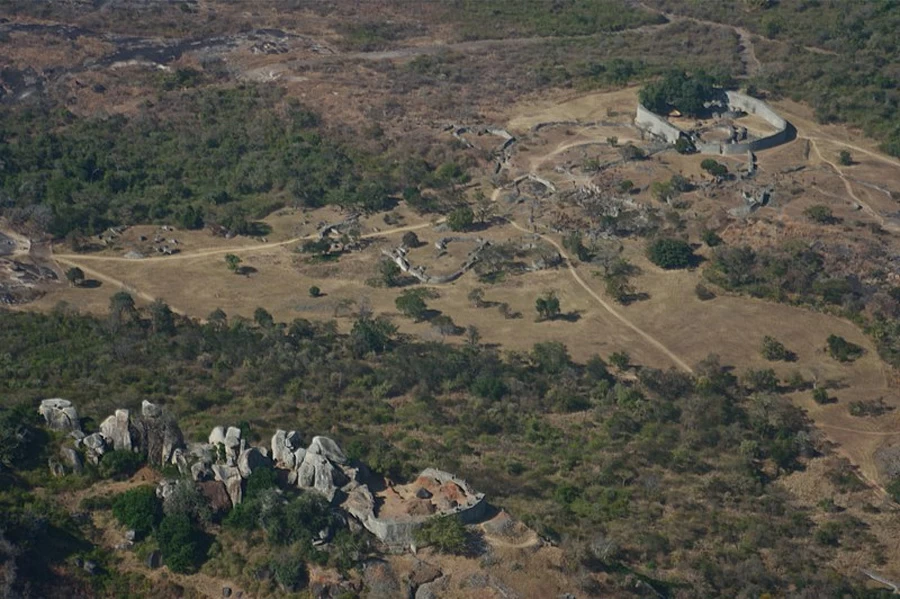
He befriended Adam Render, another German and a Karanga leader, who guided him to the site. Simply viewing the ruins, Mauch immediately concluded that Great Zimbabwe was not built by the Africans. As the culture of the site was advanced, and the stonework was sophisticated, he believed that it could only be the works of Israelite settlers or Phoenicians.
After Karl Mauch, Willi Posselt, a less scrupulous man, visited Great Zimbabwe. He looted the carved birds and went on to hide other artifacts of the site, so that he could return and collect them later.
Following Posselt, there were a number of other visitors who went to the site and took away gold and other valuable assets. Much of what was not valuable to them was destroyed.
Clumsy Archaeology
James Theodore Bent was known to be the first true archaeologist who visited Great Zimbabwe. However, his methods were not ideal, and in 1891 he created more confusion by digging at the conical tower in the Great Enclosure.
This not only destroyed the stratigraphy but also made it next to impossible for other archaeologists to determine the real age of the enclosure. Bent even threw away the metal and clay artifacts found on the site as he considered them to be insignificant.
Later, in 1905, the site was again excavated by an Egyptologist named David Randall-MacIver. David had studied under the guidance of the famous archaeologist William Matthew Flinders Petrie. He found a number of artifacts that were similar to those used by Karanga or Shona-speaking people.
He also concluded that the stonework was not Arabic, and that the Great Zimbabwe was built by the native Africans. Two other researchers also agreed with Randall-MacIver’s findings: J. F. Schofield in 1926 and Gertrude Caton-Thompson in 1929.
While archaeological evidence kept mounting over the years, the majority of the European settlers continued to reject these conclusions. Archaeologists like Peter S. Garlake, who were vocal about Great Zimbabwe’s native origin, were imprisoned.
Africans holding similar views were terminated from their jobs. Displays at Great Zimbabwe site were censored, and the locals were prevented from using the site for their ceremonies.
The Rejection Of Colonial Prejudice
Coming back to the present, Great Zimbabwe is symbolic of African cultural development. A number of popular books on Great Zimbabwe have made the site more accessible to the Zimbabwe people.
However, due to the various archaeological mistakes made in the past, the history of Great Zimbabwe is still elusive. The ruins are now offered protection by the “National Museums and Monuments of Zimbabwe.” Great Zimbabwe has also been declared by UNESCO as a World Heritage Site.

However, fewer than 10 archaeologists and only 2 conservators are present in Zimbabwe in order to look after and study all archaeological sites in the country, including the Great Zimbabwe. While some efforts are being made, the site will continue to decline, and more secrets of this enigmatic African trading nation may be lost forever.
Top Image: Ruins at the Great Zimbabwe. Source: Marco / Adobe Stock.










